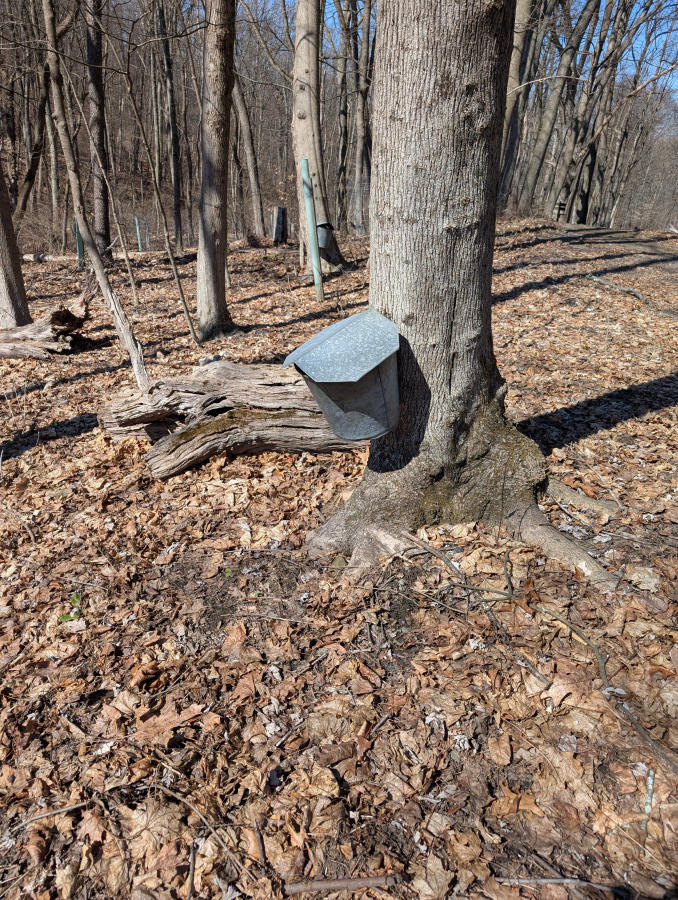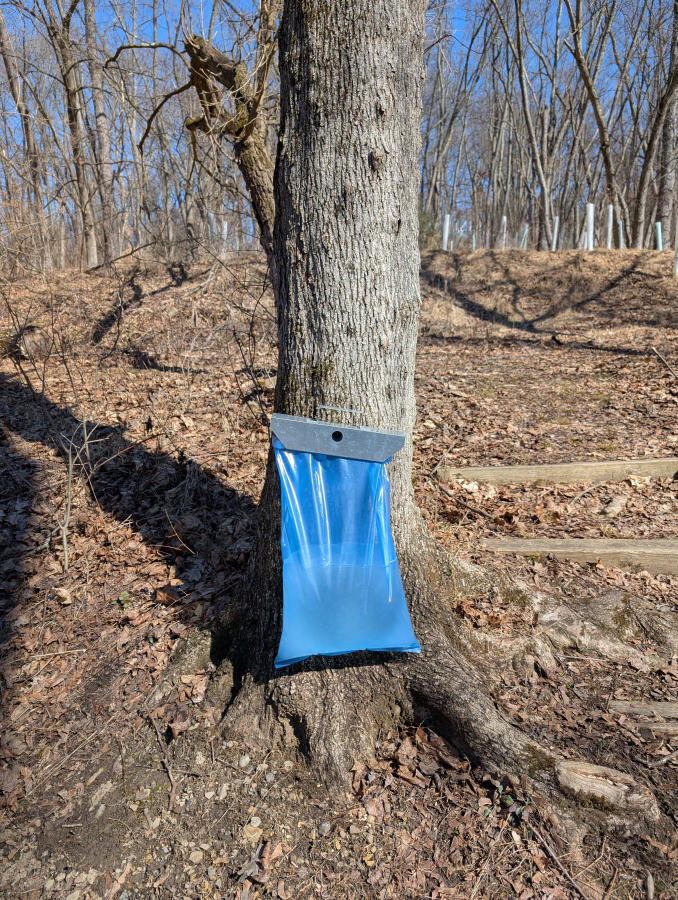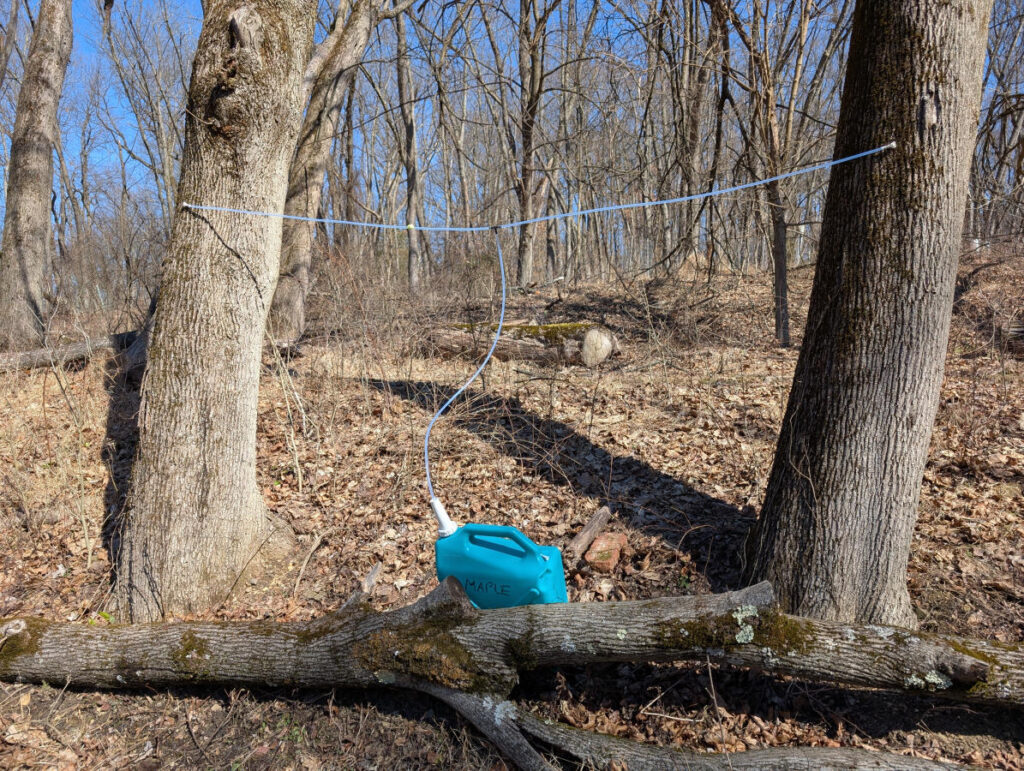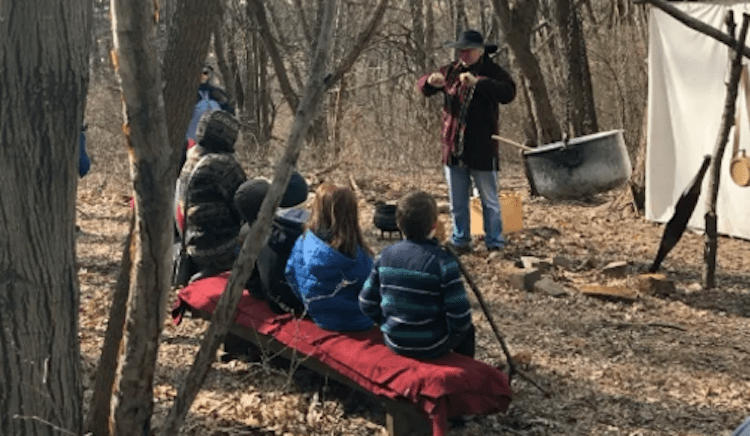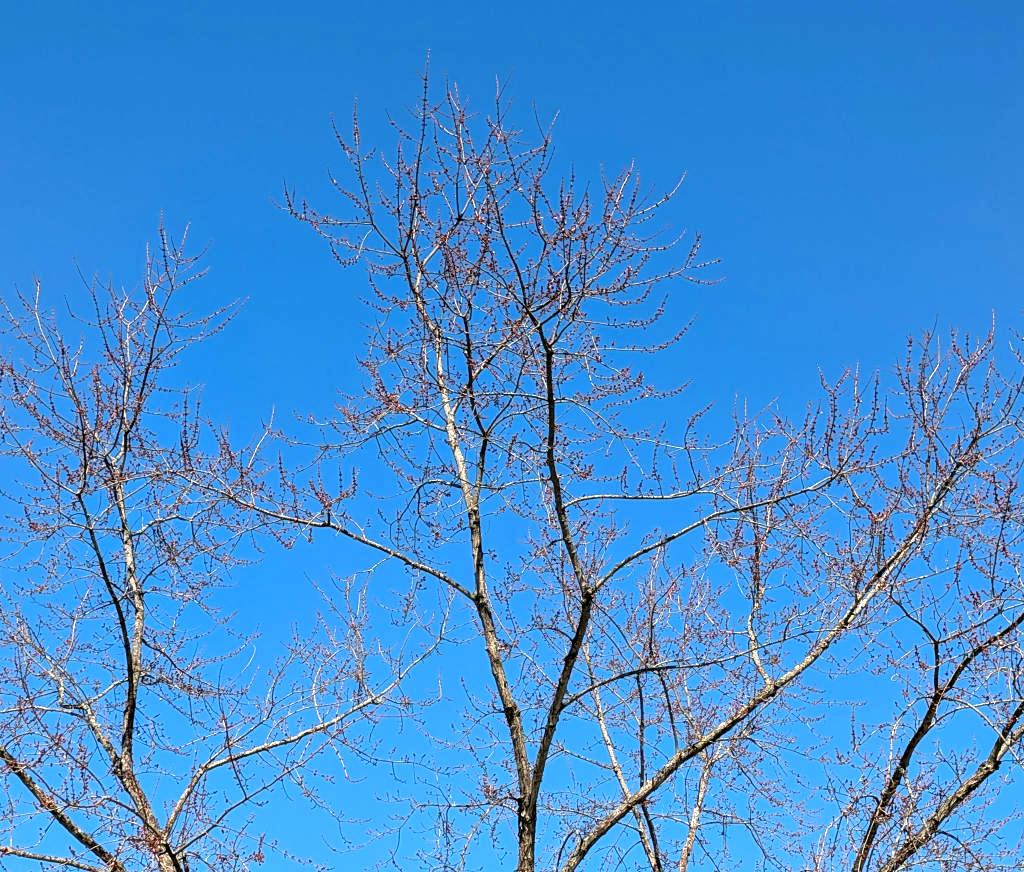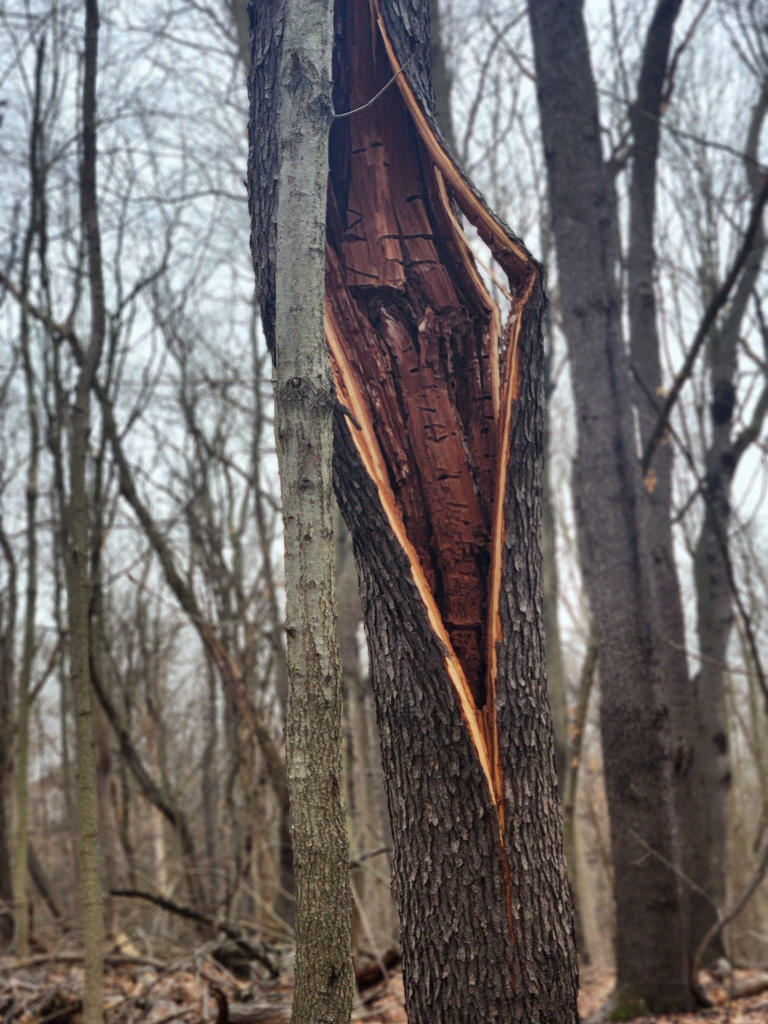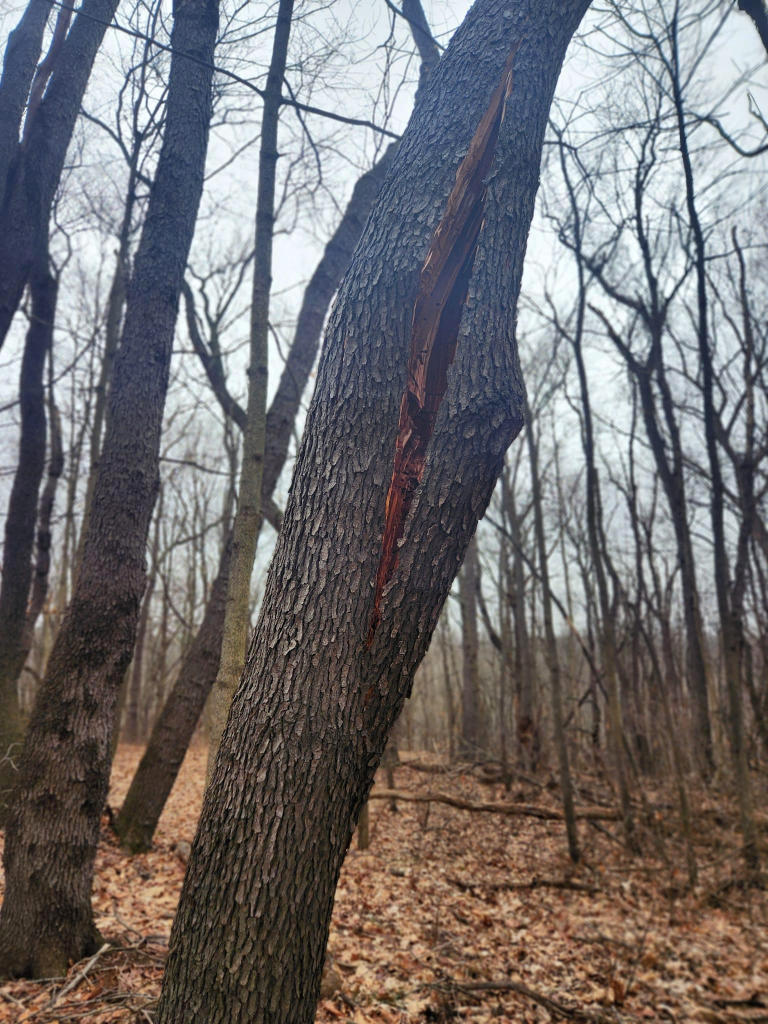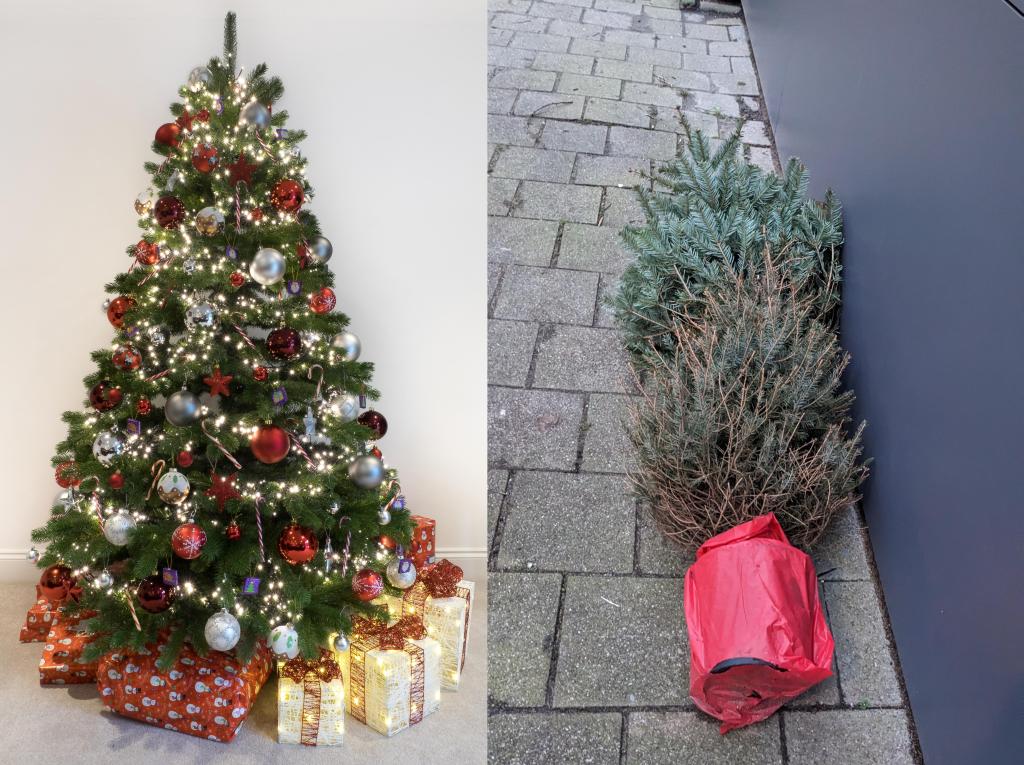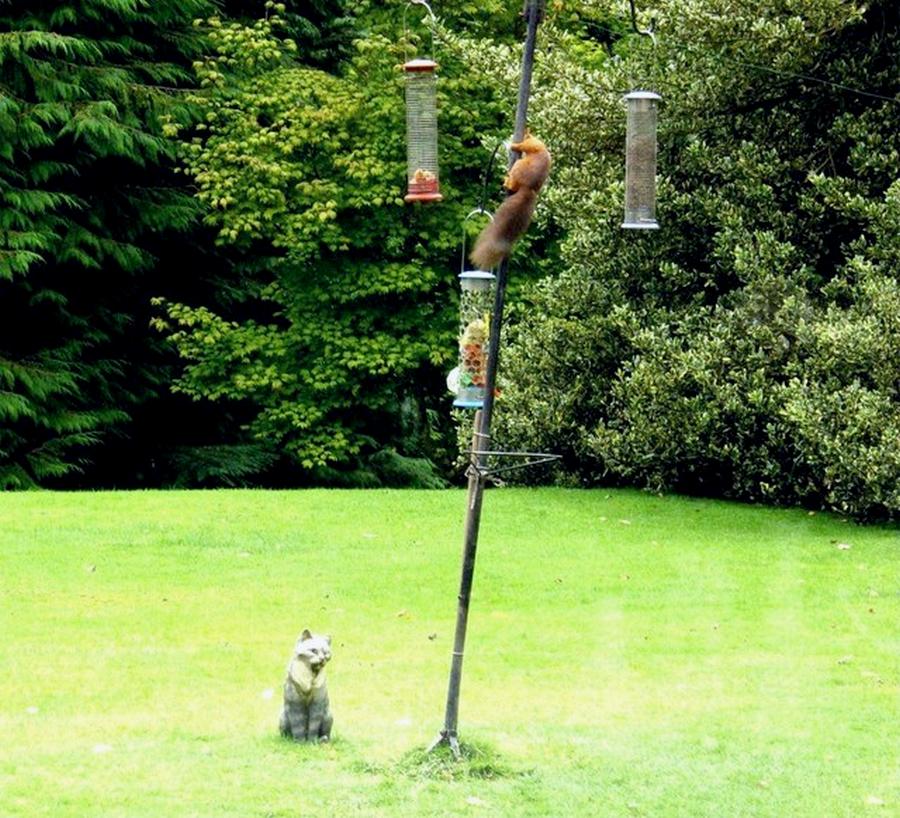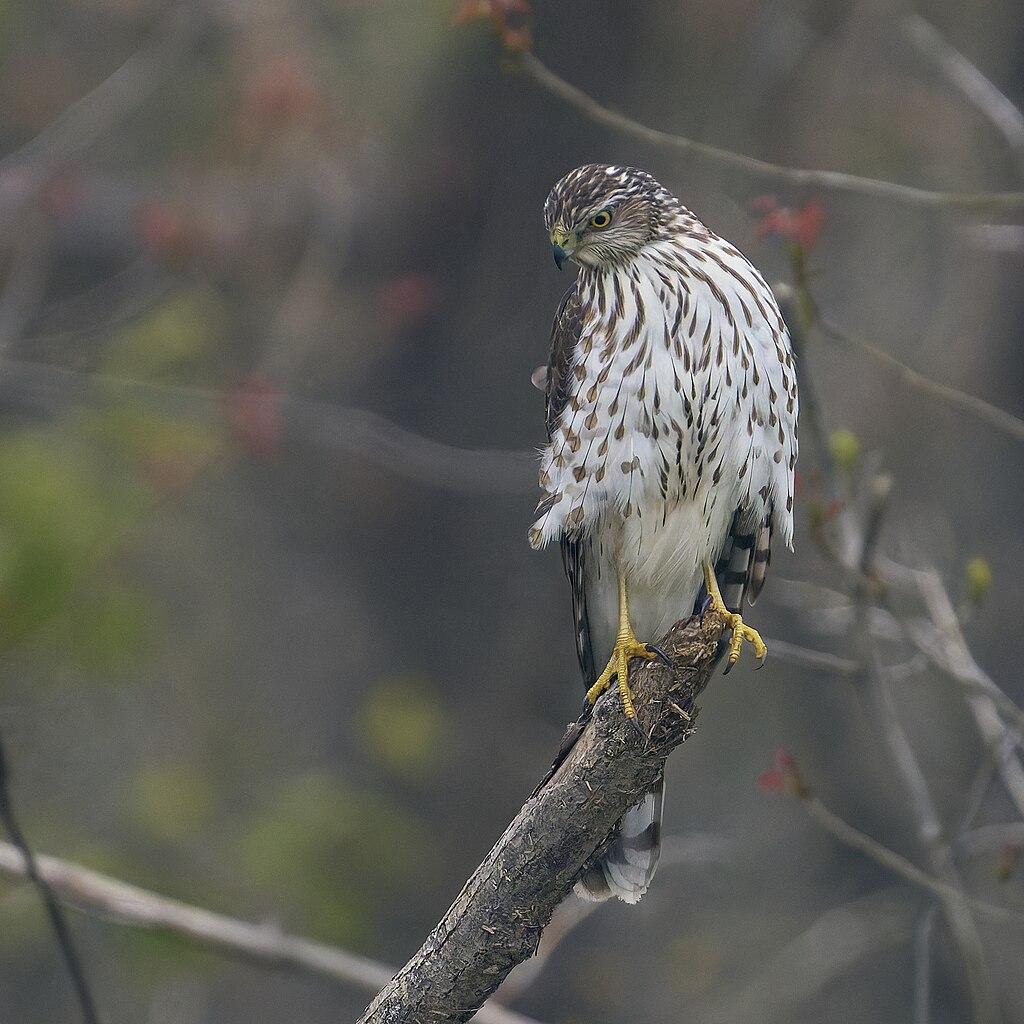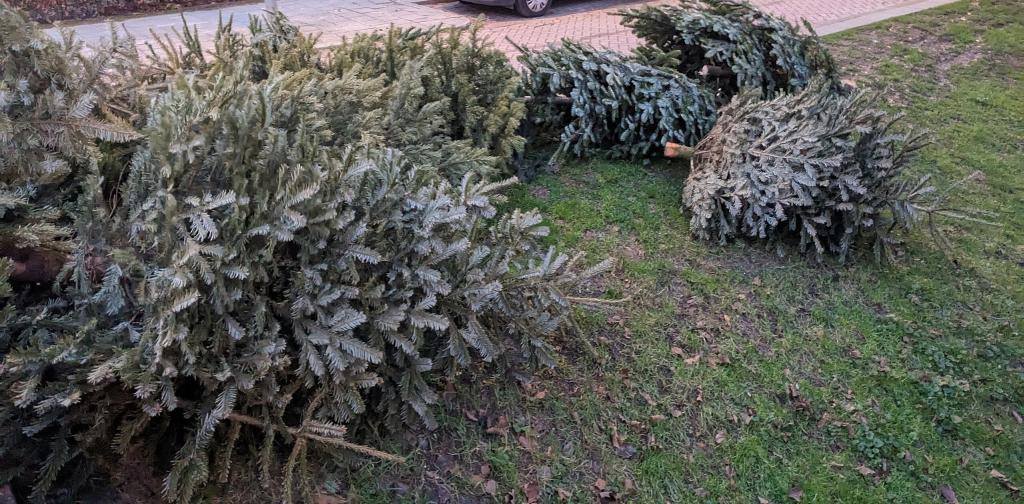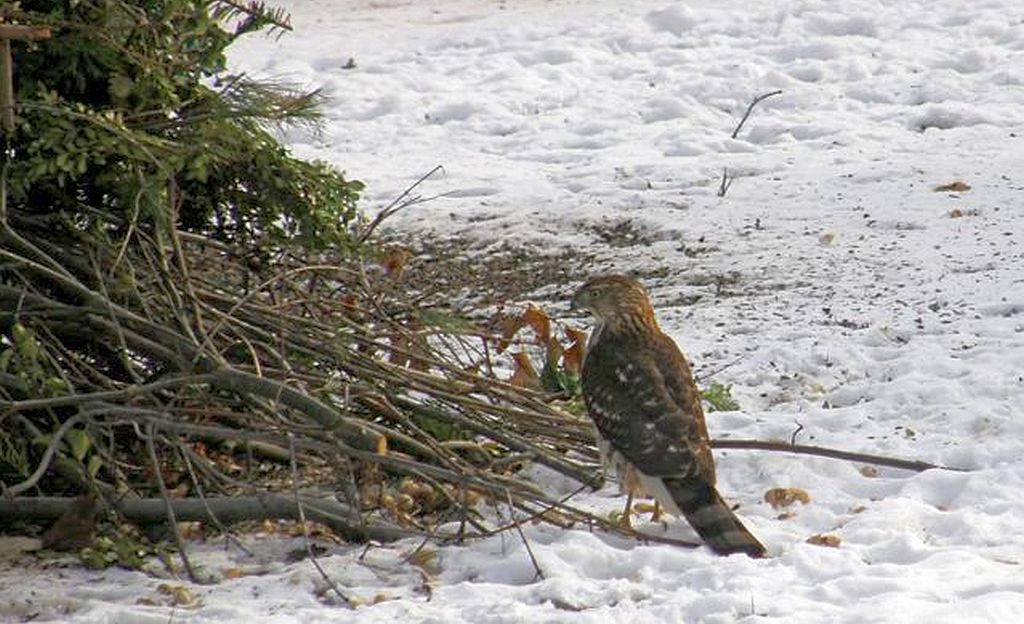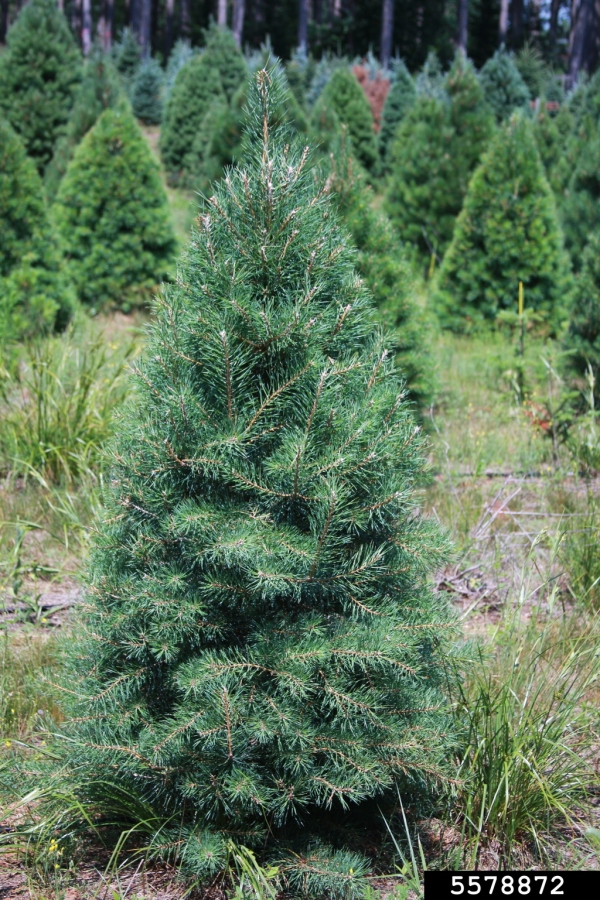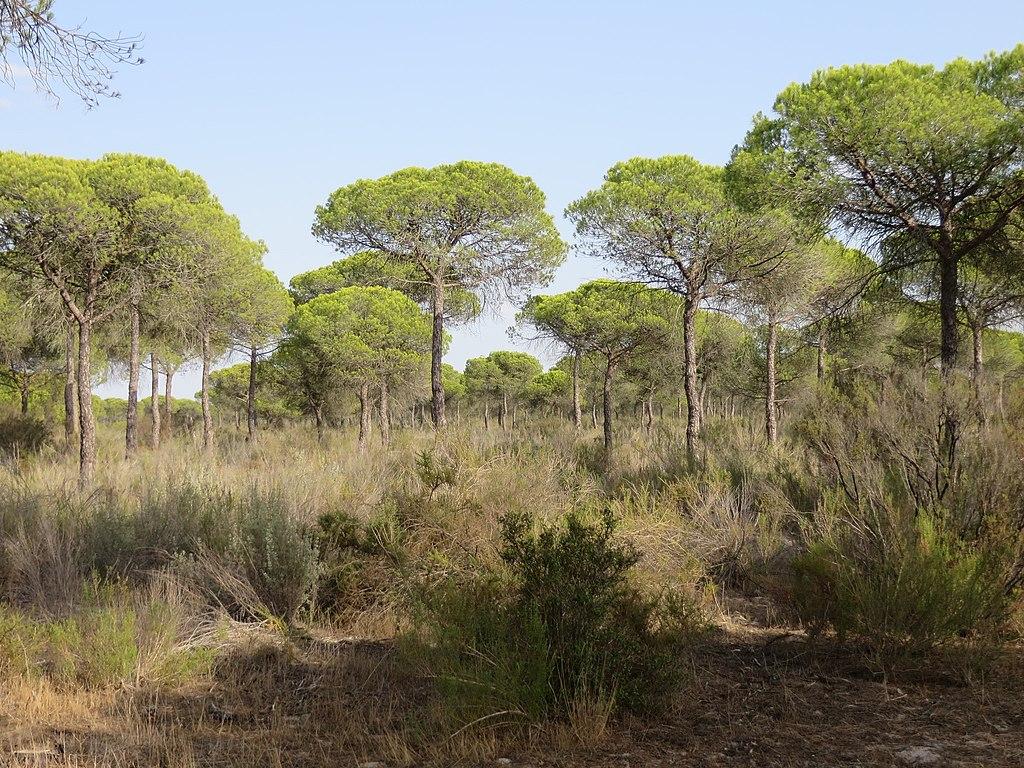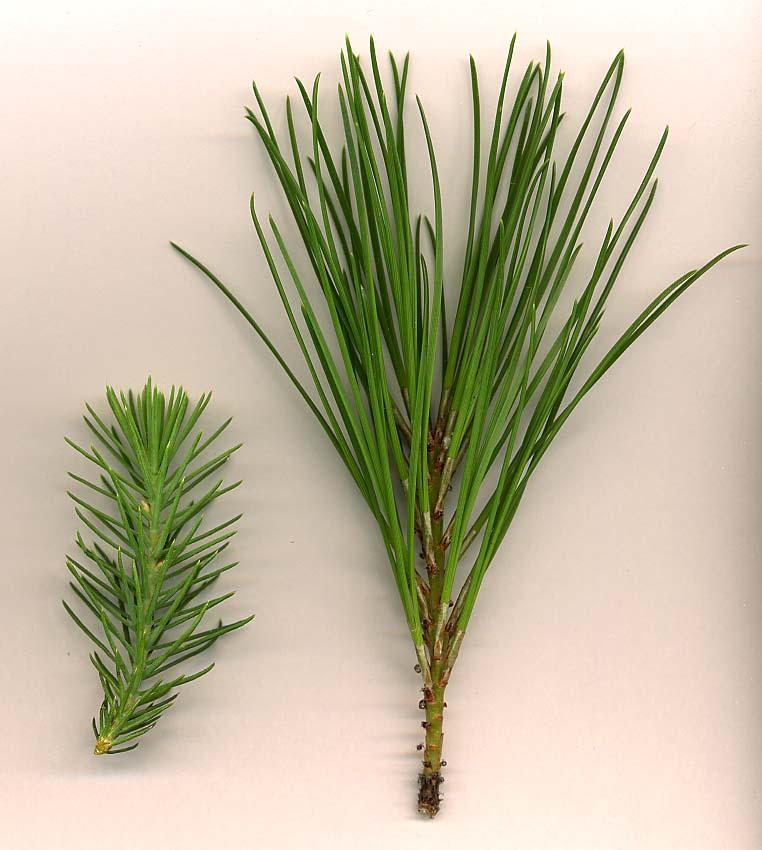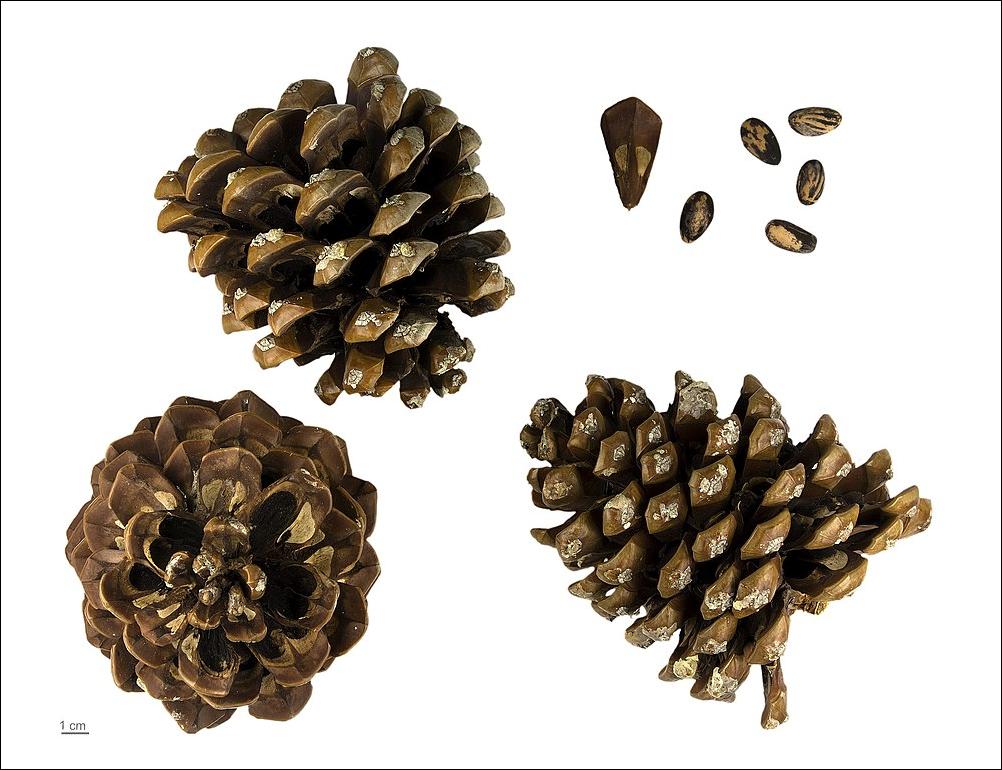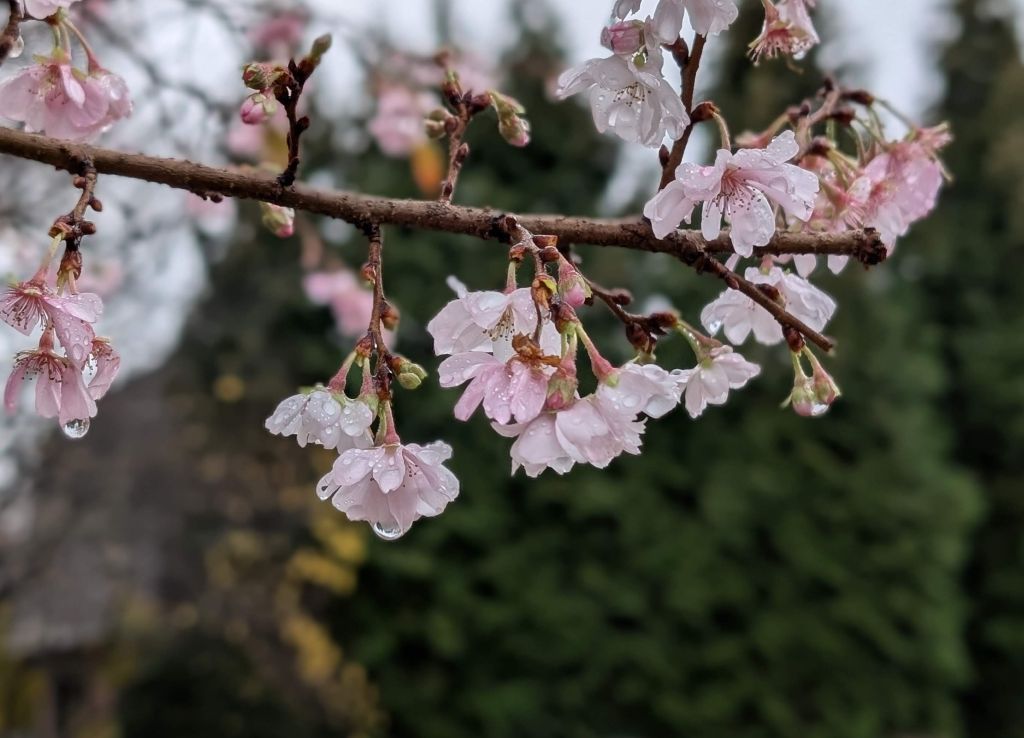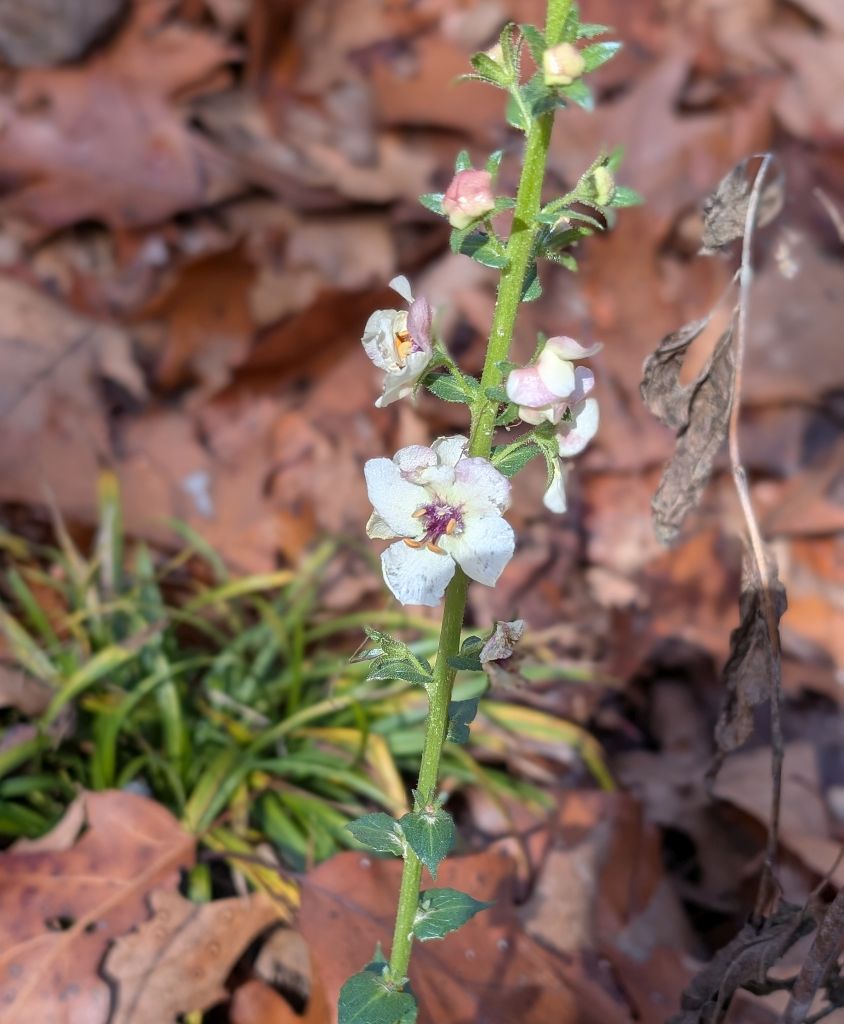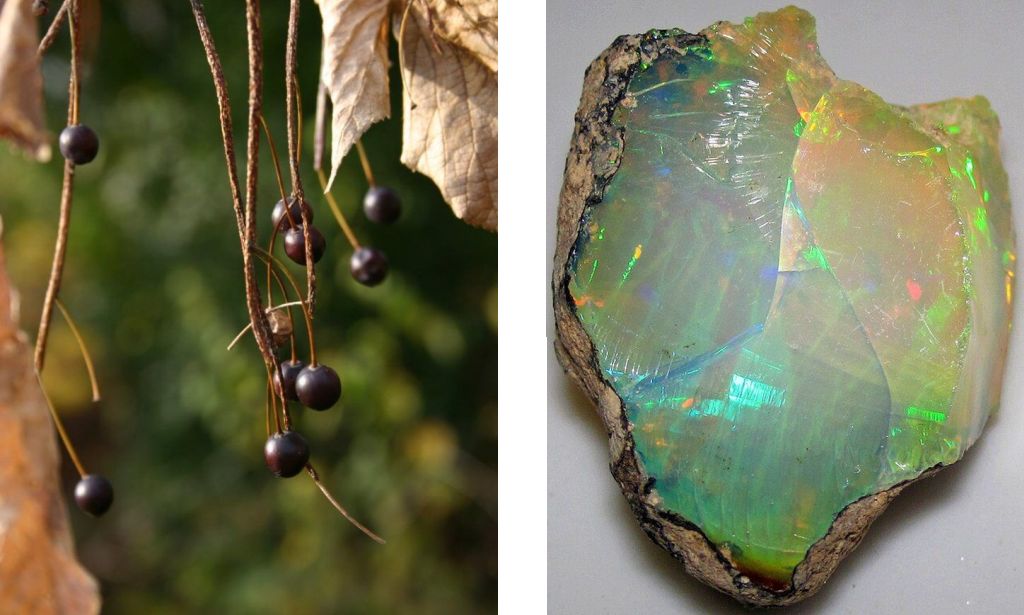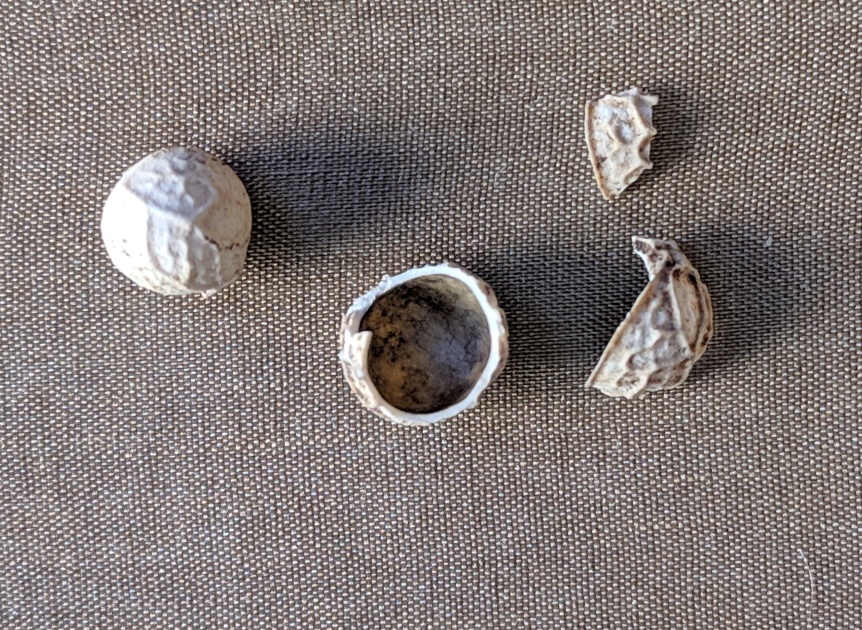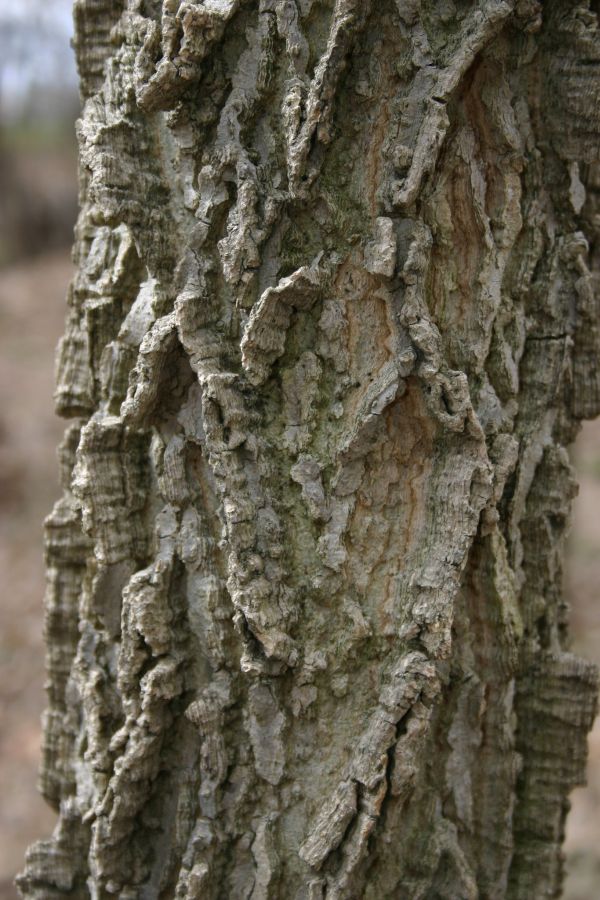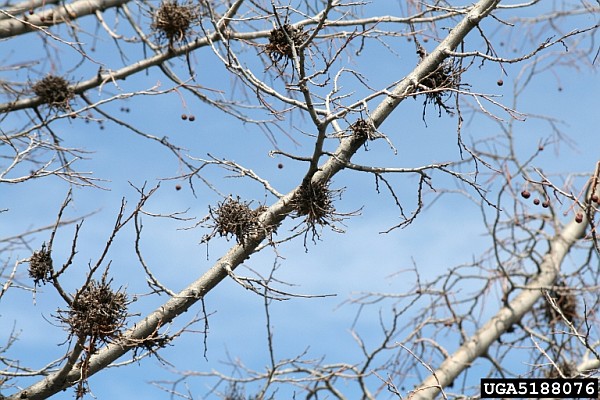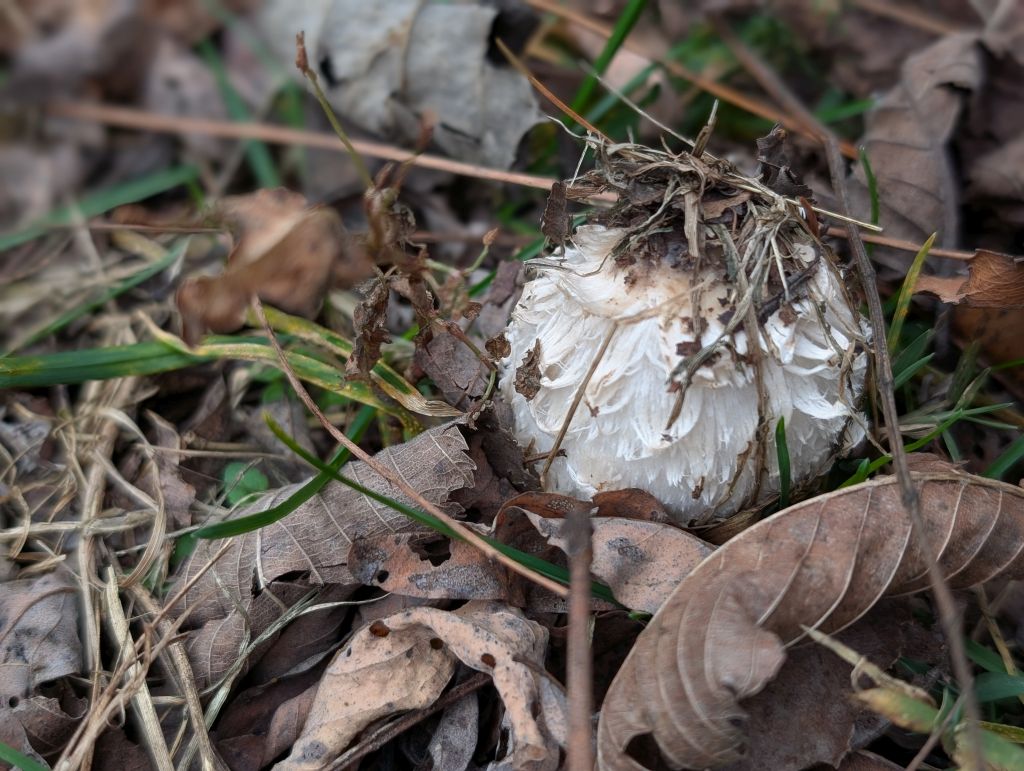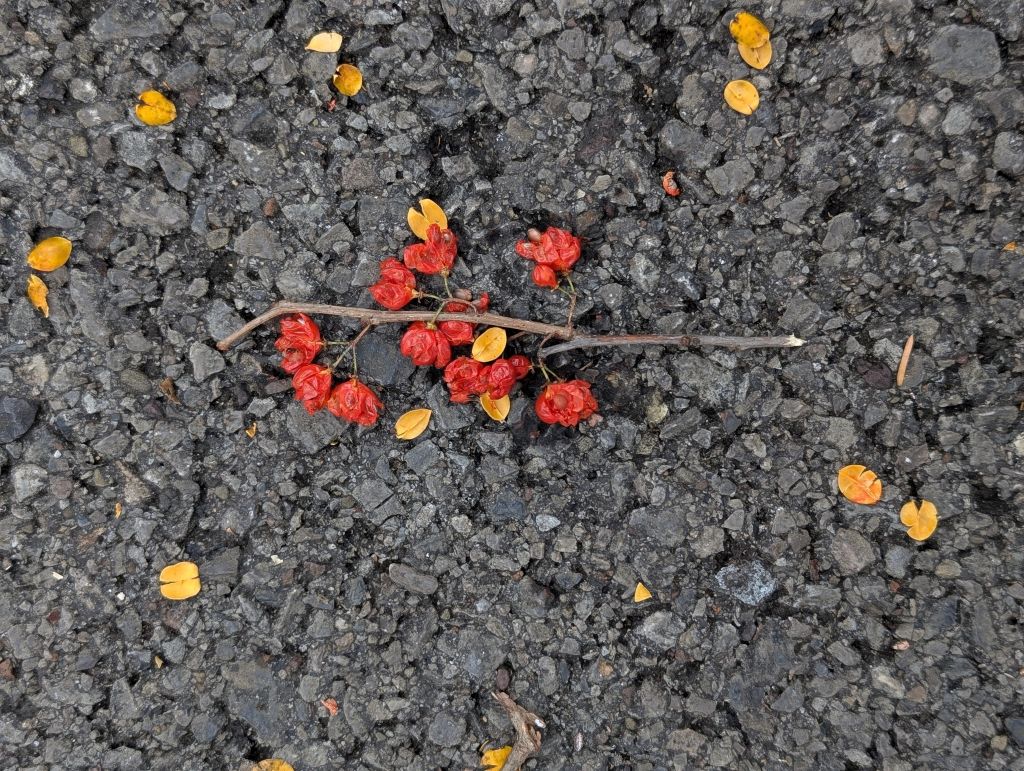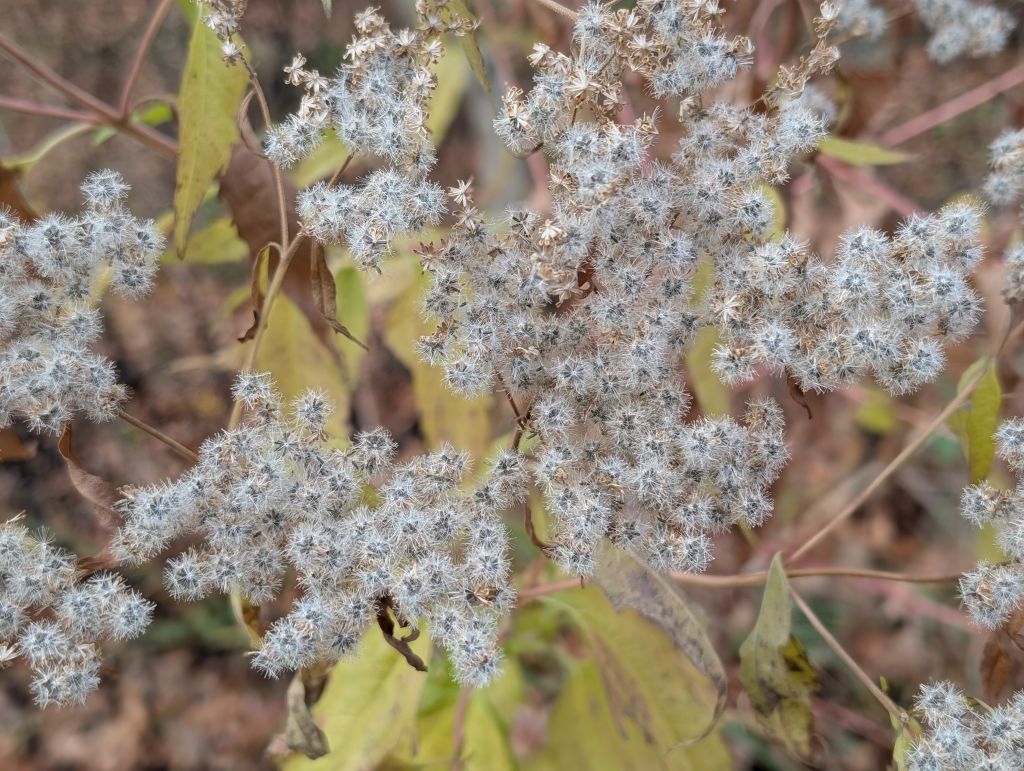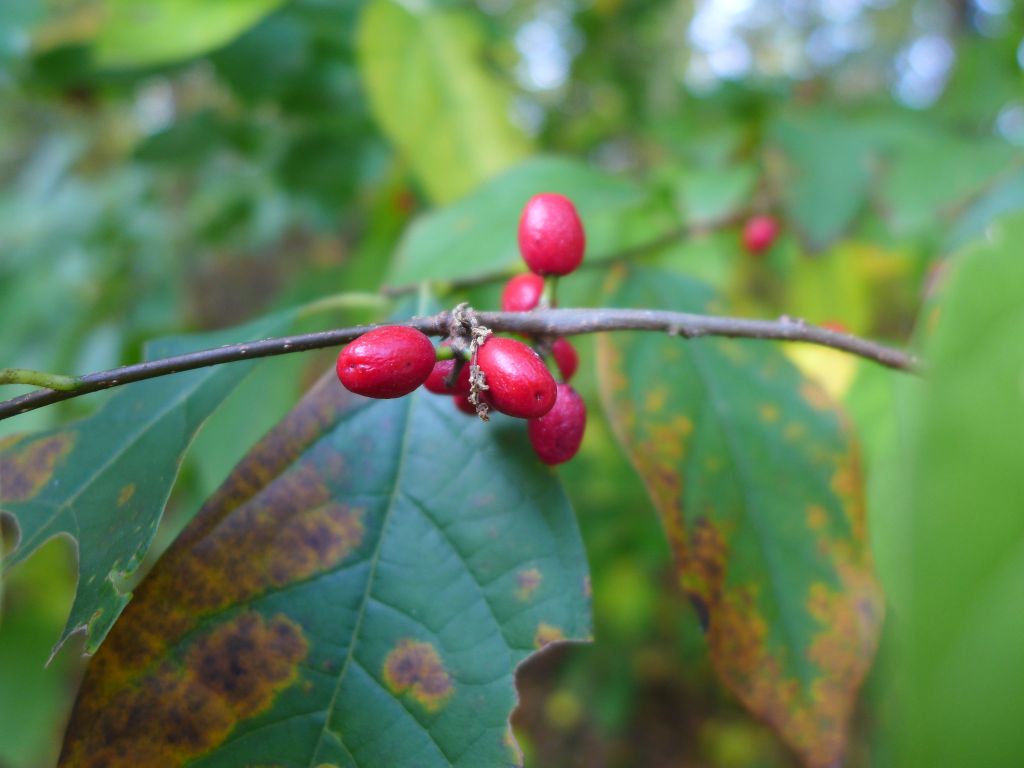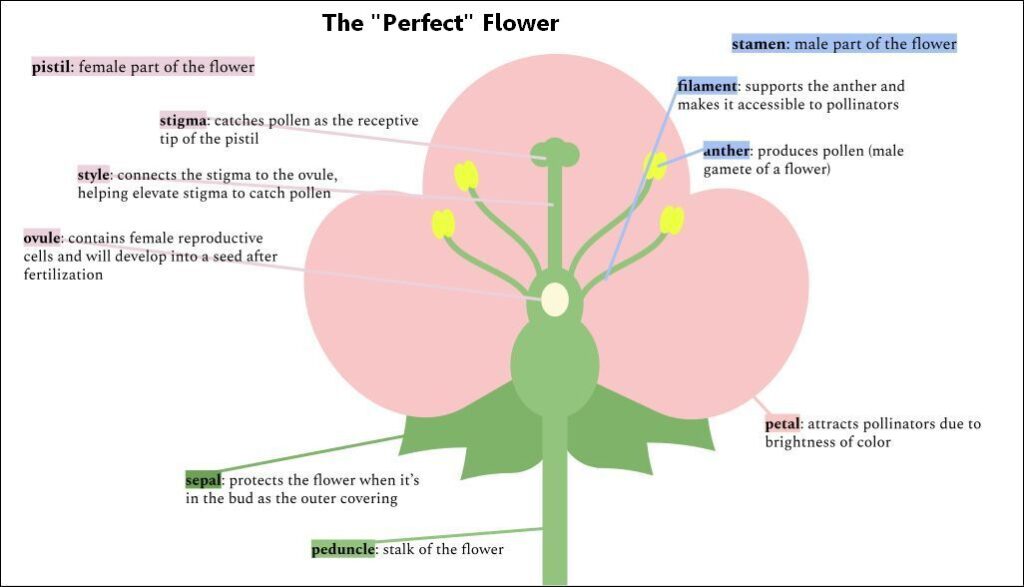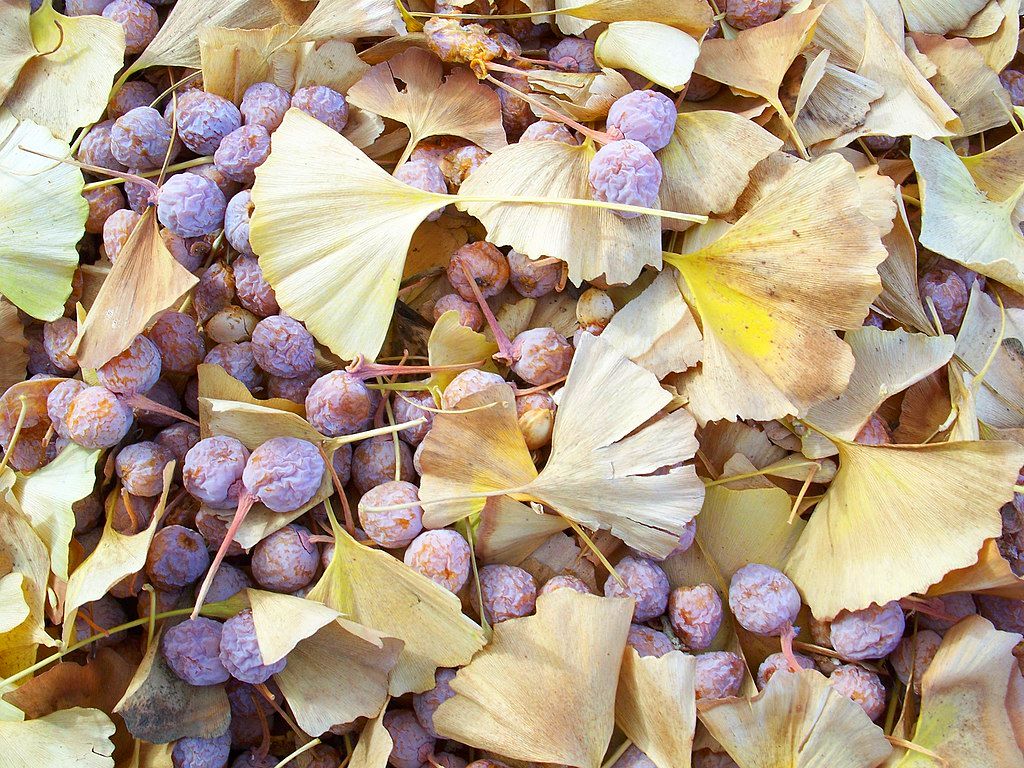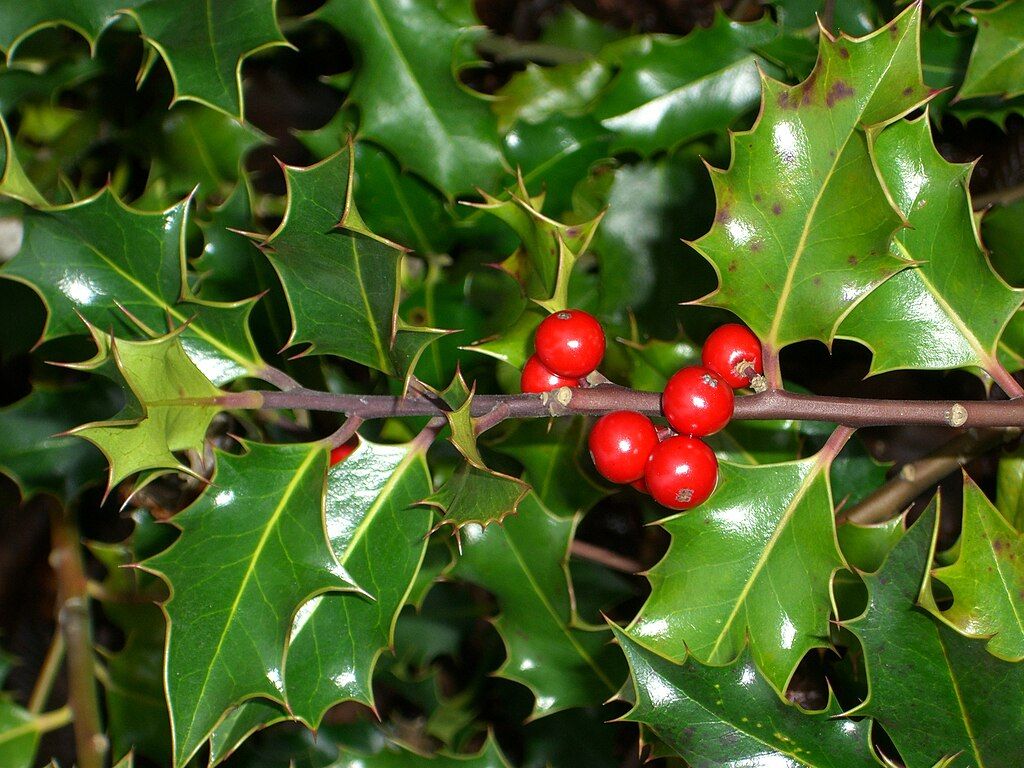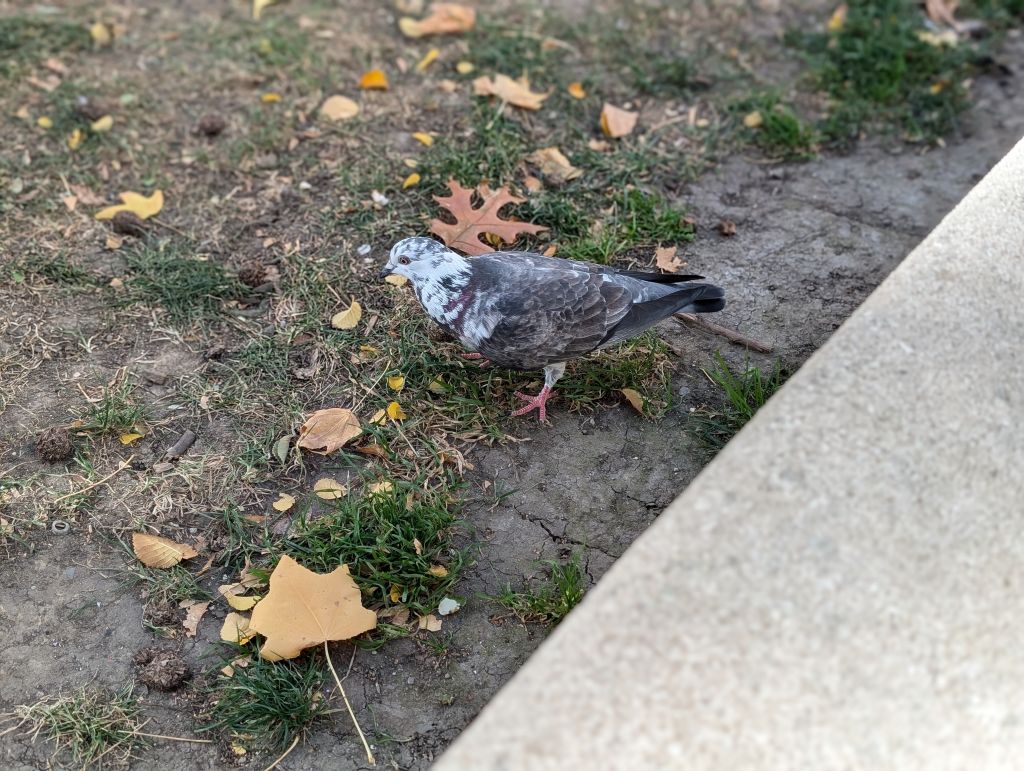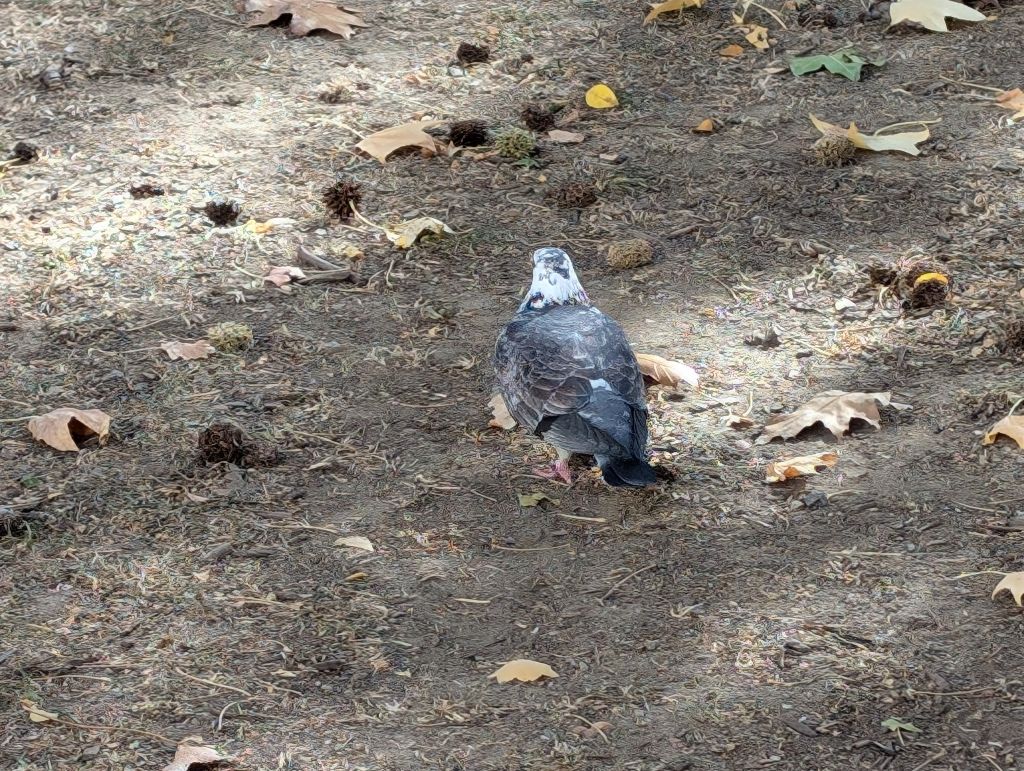
8 March 2025
During this week’s brief and gorgeous warm weather I thought it was spring and took photos of interesting plants at Beechwood Farms. Back home I see that they are wintry weeds and trees with only a hint of what is to come.
Goldenrod, above, has not yet released its fluffy seeds to the wind.
I was fascinated by the yellow bark on these maple-family twigs. Is it box elder …?
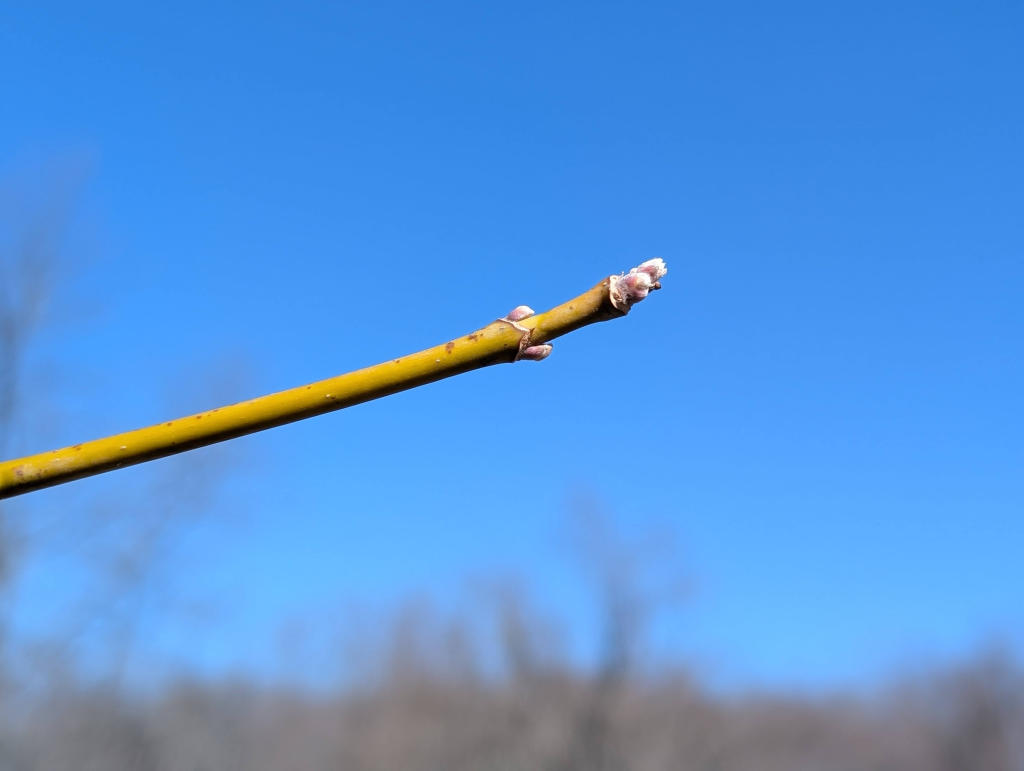
Yes. The yellow bark threw me off but the opposite buds and green bark on older branches are both traits of box elder (Acer negundo).

The mystery leaves, below, required my plant identification tool but the answer was unsatisfying and probably wrong. Dame’s rocket (Hesperis matronalis)? I doubt Beechwood would have left such an invasive plant in place.
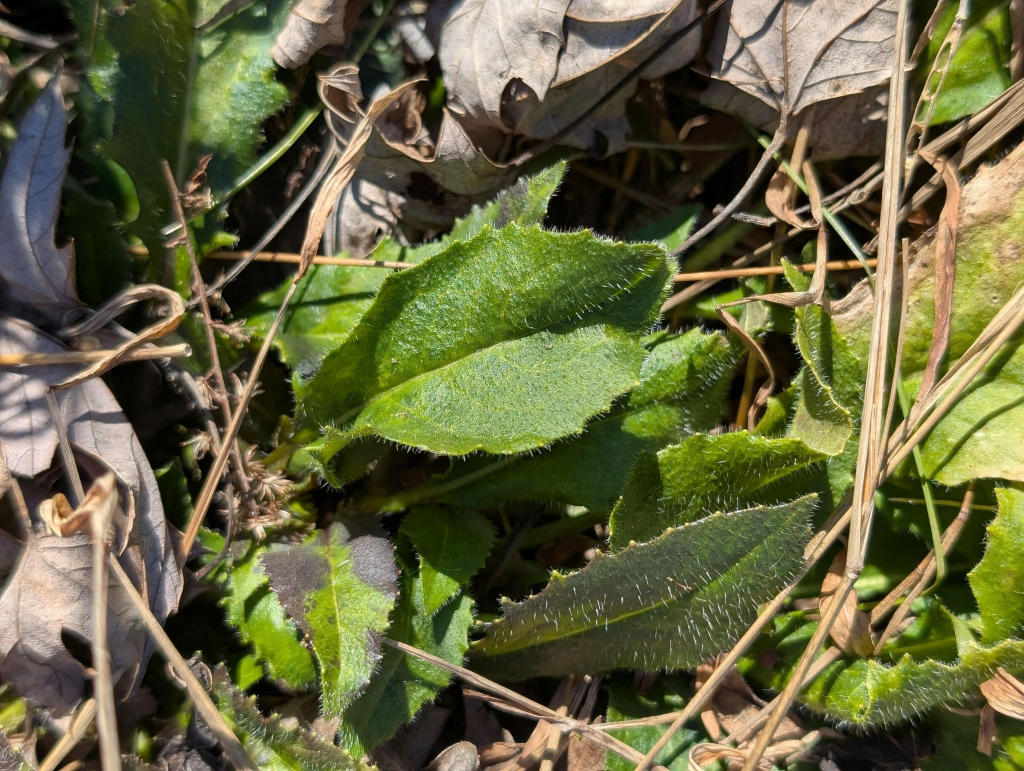
However, the tool pointed me to a video about eating Dame’s rocket (Hesperis matronalis) in the spring. Great idea! This plant is invasive. (In the video it is called wild phlox. Maybe a Canadian common name for it.)
Speaking of edible plants, several parts of burdock are edible and the roots can be eaten year round.

Dig it up and eat it. This plant is invasive. Read more before you dig –> Northern Woodlands Burdock: A Food That Will Really Grab You.
